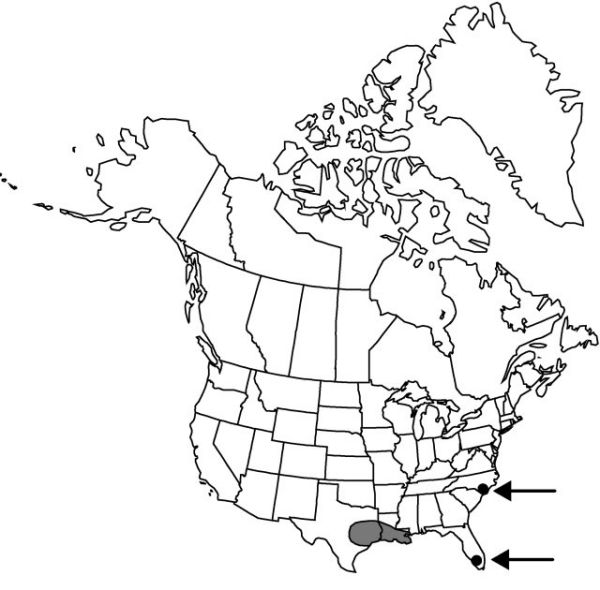Difference between revisions of "Crinum bulbispermum"
J. Linn. Soc., Bot. 52: 161. 1939.
Introduced
Basionym: Amaryllis bulbisperma Burman f. Fl. Indica, 9. 1768
imported>Volume Importer |
imported>Volume Importer |
||
| Line 58: | Line 58: | ||
|publication year=1939 | |publication year=1939 | ||
|special status=Introduced | |special status=Introduced | ||
| − | |source xml=https:// | + | |source xml=https://bitbucket.org/aafc-mbb/fna-data-curation/src/2e0870ddd59836b60bcf96646a41e87ea5a5943a/coarse_grained_fna_xml/V26/V26_534.xml |
|genus=Crinum | |genus=Crinum | ||
|species=Crinum bulbispermum | |species=Crinum bulbispermum | ||
Latest revision as of 21:15, 5 November 2020
Bulbs 8–10 × 6–8 cm. Leaves 5–8 dm × 3–5 cm; blade lorate. Scape 4–7.5 dm. Umbels 8–13-flowered. Flowers: perianth pink to red, funnelform, tube narrow, 5–10 cm, limb lobes lanceolate-linear, lanceolate-elliptic, or lanceolate-ovate, 6–11 × 1–1.7 cm; pedicel (2–)4–6 cm. Capsules not seen at maturity, beak very short to absent.
Phenology: Flowering spring–summer.
Habitat: Margins of wet areas and disturbed sites
Elevation: 0–200 m
Distribution

Introduced; Fla., La., N.C., Tex., S. Africa.
Discussion
Crinum bulbispermum is apparently the nonnative species of Crinum that is most commonly cultivated outdoors. The name C. longifolium (Linnaeus) Thunberg was long misapplied to this species.
Selected References
None.
Lower Taxa
None.